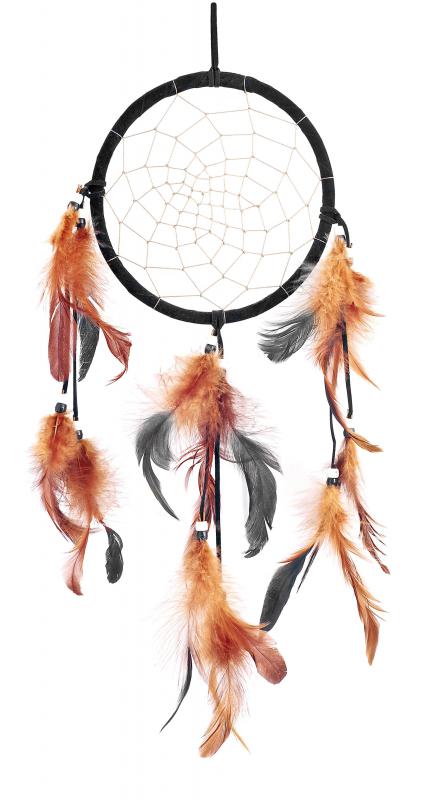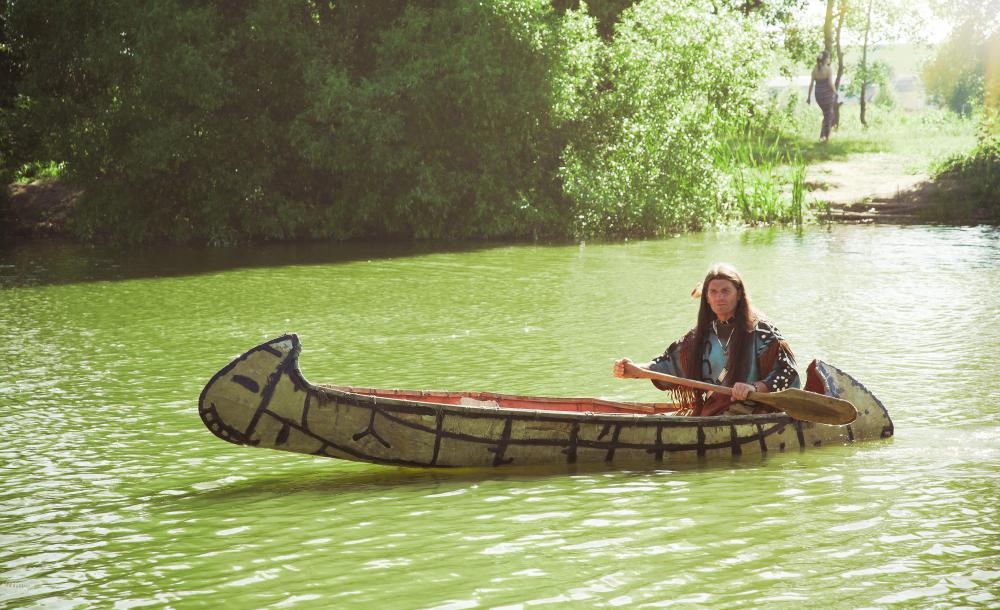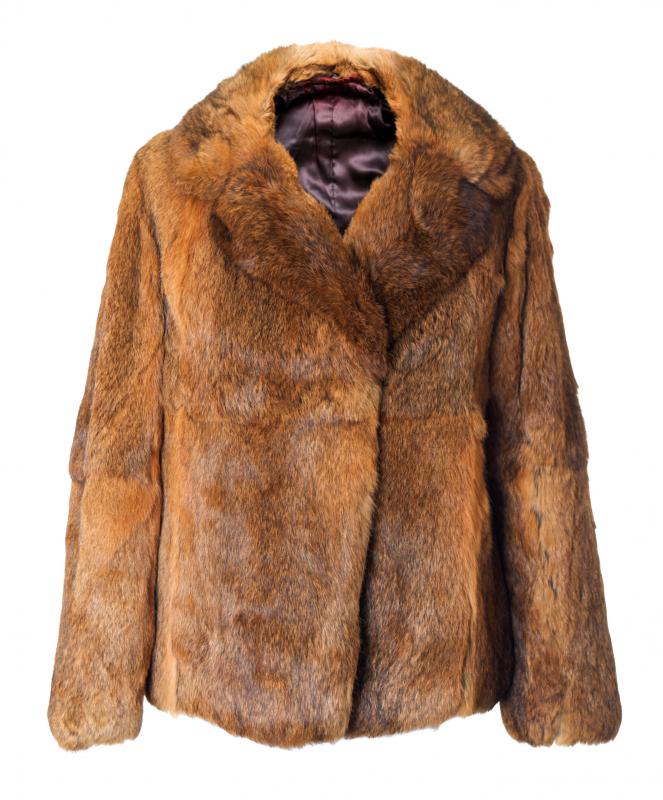At WiseGEEK, we're committed to delivering accurate, trustworthy information. Our expert-authored content is rigorously fact-checked and sourced from credible authorities. Discover how we uphold the highest standards in providing you with reliable knowledge.
Who are the Chippewa Indians?
The Chippewa Indians are an indigenous tribal group of North American, and also may be called North American Indians. They are also known by the names Ojibwa, Ojibwe, and Ojibway, as well as Ashinabe. For hundreds of years before the arrival of Europeans, the Chippewa Indians lived in the Great Lakes region of North America, near Lakes Superior, Huron and Michigan. In the 1800s, a series of treaties with the United States and Canadian governments resulted in the loss of much of the Chippewa tribal lands. Today, many Chippewa live in Canadian reserves or federal reservations in the United States, as well as rural and urban areas in the Great Lakes region.
Tribal lore of the Chippewa Indians records their migration from the Canadian Atlantic coast to the Great Lakes region, which probably took place in or around the 15th and 16th centuries. They traveled with the Ottawa and Potawatomi Indians, with whom they share related languages, before diverging in northern present-day Michigan. The first Chippewa Indians traveled north and settled near the eastern shore of Lake Superior and north shore of Lake Huron in Canada. Over a period of centuries, other groups went south into the modern United States and settled in the peninsulas of Michigan, northeast Minnesota, Wisconsin, and North Dakota.

Before contact with Europeans, many Chippewa Indians followed a seasonal distribution of food and resources. Their cultural traditions included fashioning clothing and making fur coats for winter use. They depended primarily on fish year round, but followed game in the winter. Contact with French fur traders allowed them to expand their territory with the firearms they acquired, but the expansion of Europeans westward would gradually result in many changes in the Chippewa Indians' traditional way of life. This would come to include the last of most of the Chippewas' traditional homelands.

The opening of the Erie canal in 1825 would eventually bring thousands of settlers to the region east of Lake Michigan. Chippewa Indians had ceded some land to the British and United States in the late 18th and early 19th centuries, but the loss of land greatly increased beginning in 1836. The Chippewa and Ottawa Indians agreed to sell parts of Michigan in that year, and the next year ceded land in Minnesota and Wisconsin. By 1886 they had lost most of their land in the United States. The Chippewa gradually lost large amounts of territory in Canada in a process that lasted into the 20th century.

Today, many Chippewa Indians live on what are called reservations in the United States, or reserves in Canada, of which there are more than 100. Many prefer to be called by their traditional name, the Ashinabe, which means the original ones. A good deal also live in rural, unofficial Chippewa communities or in larger cities including Toronto and Winnipeg in Canada, and Minneapolis and Grand Rapids in the United States.
AS FEATURED ON:
AS FEATURED ON:














Discuss this Article
Post your comments